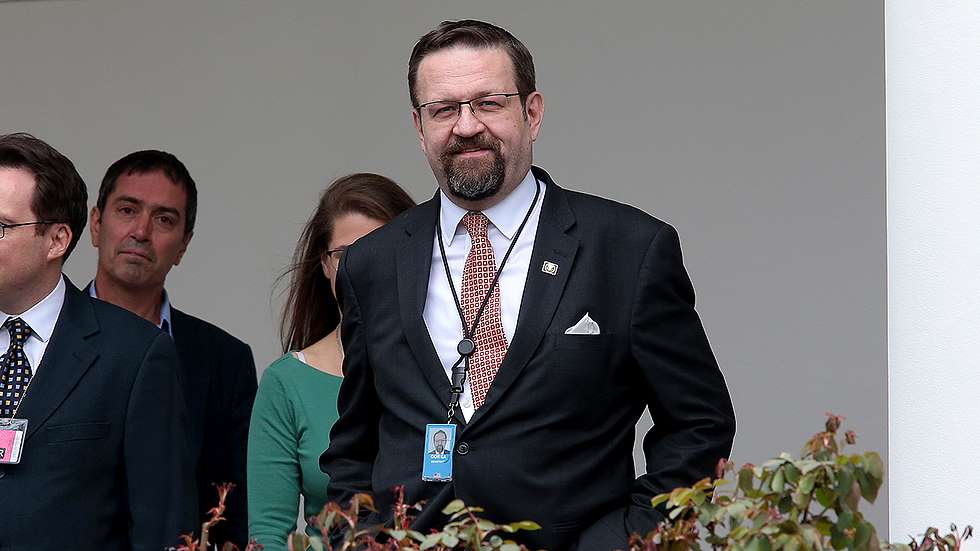February 4, 2016
The Centre’s ambitious scheme to develop 100 urban centres as smart cities kicked off on Thursday with the government announcing the names of the first batch of 20 cities from amongst the 98 that were chosen in stage one of the scheme through an intra-city competition last August.

So what exactly is a smart city?
February 4, 2016
The Centre’s ambitious scheme to develop 100 urban centres as smart cities kicked off on Thursday with the government announcing the names of the first batch of 20 cities from amongst the 98 that were chosen in stage one of the scheme through an intra-city competition last August.

So what exactly is a smart city?
These are cities that look to deliver the best means of mobility, healthy environment, a better quality of life, and efficient governance to its citizens. Marvels of technology will be twinned with strict adherence to rules to make 21st century urban living simpler and more rewarding. HT takes a peep into the future.
Lifestyles that balance the needs of the individual and the society
Life in a smart city can be very different from present-day lifestyles. Technology will play more than an enabler, making many things semi- or fully automated.
It always helps to wake up every morning listening to your favourite music. That’s what you can expect in a smart city. The next generation of cloud-based fuzzy logic tech will play your favourite numbers to help you hum back to life every morning. The room temperature will be set to deal with seasonal extremes, and even keep the water boiled for your day’s first hot cuppa.
Flipping through diary pages will be passé. The ‘intelligent’ TV, besides news, will also read out your personal agenda: Your medical check-up appointment (if any), weather updates broken down to minute-level“now-casting”, and so on.
No need to worry about gas, power and telephone connections if you are moving houses. A centralised server will maintain all records based on citizens’ biometric information such as fingerprints, collating data of all family members.
There is no need to fill up multiple Know Your Customer (KYC) forms for multiple purposes. The centralized system can be accessed by public service agencies such as municipal bodies, banks and financial institutions. It is not only about utilities. A cloud-based identification system comes in handy to carry out recovery operations during disasters.
A fully ‘intelligent’ and ‘networked’ home implies that electrical systems are linked with electronic gadgets such as TVs and refrigerators. The solar-based electrical system ‘knows’ when to put the TV on standby mode as it maintains a log of your timings that you are at home.
Freedom to work when and where you want
What you see in sci-fi movies is actually happening. Virtual offices have become the order of the day and businesses can be registered at the click of a button
In a smart city, entrepreneurship eco-system, particularly for start-ups, will be very friendly. Setting up a business will not require going through the rigmarole of multiple procedures. Besides, scalable cloud computing will ensure that you use and get only that much IT hardware infrastructure, software, database, servers and other resources as you exactly require
In a smart city set up, most of the services and the information technology infrastructure that a business needs is available on the network. The critical bit is that the network services are flexible. Cyber-security, therefore, assumes a very important role. The eco-system gives rise to a whole new set of super-specialists in the fields of analytics and related areas
A modern office in a smart city requires very little space. Everything is on the cloud, literally. Database, servers, networks. Setting up an office is almost as simple as assembling a makeshift canopy. With focus on mobility, the people themselves use virtual offices as the need for infrastructure disappears
Factories that use large amounts of water take a variety of steps to save energy and improve efficiency. In a smart factory operation, using a turbine to generate power from the water used at a factory for things like cooling or air conditioning, or generating power at a food processing factory from biogas produced from organic waste. For example factory energy management systems (FEMSs) are used to identify all the different forms of power consumption within the factory and perform centralized management in conjunction with the factory’s production plans to ensure that electric power is used efficiently
As technology acquisition costs collapse, and quality is standardized, the focus will shift primarily towards output. An encrypted information highway ensures that the network is fully secure. The virtual meetings, conducted through these secure networks, enable output targets far higher than current norms. Overhead costs will plummet as cafes and homes become office spaces
Cloud computing is much more than data storage or scalability of network. Efficient technologies will also dramatically bring down acquisition costs of software and applications. For instance, if a conference is hurriedly convened with a partner at a faraway area, the virtual meeting service can be easily organized regardless of the location in a secure network.
Study options that suit individual needs
Quite often we hear students and parents complaining of limited choice in college courses. In a smart education system, that will be addressed with students allowed to mix streams
One of the primary reasons that people hesitate to move cities is that it upsets children’s educational progress. Mid-session movement of schools is almost a no-no because of the lack of consistent syllabi across the system. In a connected network of systems schools and colleges follow fully standardized and identical curricula. Students’ information is available online in an integrated network. So, thanks to cloud computing, if a student is moving cities mid-session, the teacher in the new school is fully aware about the strengths and weaknesses in both academic and non-academic areas even before the actual enrolment takes place. Tablets, TVs, storage devices and cameras are must-haves in classrooms
In the fast evolving education system, it will be normal to take a break from college, become an apprentice, acquire skills and experience, and then rejoin college a few years later to finish an updated course. It will be possible to combine seemingly unrelated courses such as nuclear physics and liberal arts
Students will spend up to half of their time working and earning wages at companies; this will rule out worries about a debt burden or about having to remain unemployed for a long period of time after graduation. For the company this is a sure-fire way to recruit and train skilled labour
Vocational education and training or VET institutes will be realistic alternatives to conventional universities. A major roadblock for youth enrolling in vocational schools is the perceived lack of prestige and respectability. In a smart education system, vocational graduates will emerge as the new role models
Trouble free transportation choices
One of the biggest drawbacks of city life is the exploding vehicle population leading to delayed meetings and late attendance at schools and colleges. A smart city will probably be able to deal with it with a planned network of various modes of transport
Time management is a big element in the smart city eco-system. Queuing up to tank up fuel while on way to work will rarely be seen as the eco-friendly electric vehicle will probably be the most dominant mode of transport. These cars recharge when people sleep. Equipped with powerful navigation units, these vehicles also perform as real time mobile kiosks giving info about office and home. These cars relay alerts about vehicle movements and traffic congestion, although jams in a smart city will be few and far between
In a smart city the multiple modes of transport complement each other. The likelihood of a jam is anyway remote. Public and school buses, private cars, metro trains, and electric trams operate in tandem as part of a grand transport network. Besides, a large number of pedestrian walkways and cycling lanes snake through every part of the city.
Among other benefits, such a network also makes the transportation system more or less weather neutral. For instance, one may take the subway and hop on to the metro to reach school instead of taking the bus if it is raining to avoid getting late because of a likely congestion. On return from school, however, the student may opt to take the bus back home. Digitally powered road signage’s that give information related to weather, congestions and parking space availability will also play a big role in integrated traffic management
Sustainability will be the by-word in smart cities. The more fuel efficient the car is, the more it will fit into the smart city system. With focus on strict enforcement, violation of traffic rules and laws will attract hefty penalties. CO2 will be a dirty word on the roads of smart cities. Keeping the ignition on in traffic signals will not be allowed. Electric vehicle charging stations, similar to current day petrol pumps will dot city roads with pollution control a dominant theme.
Courtesy: HT
















































































































